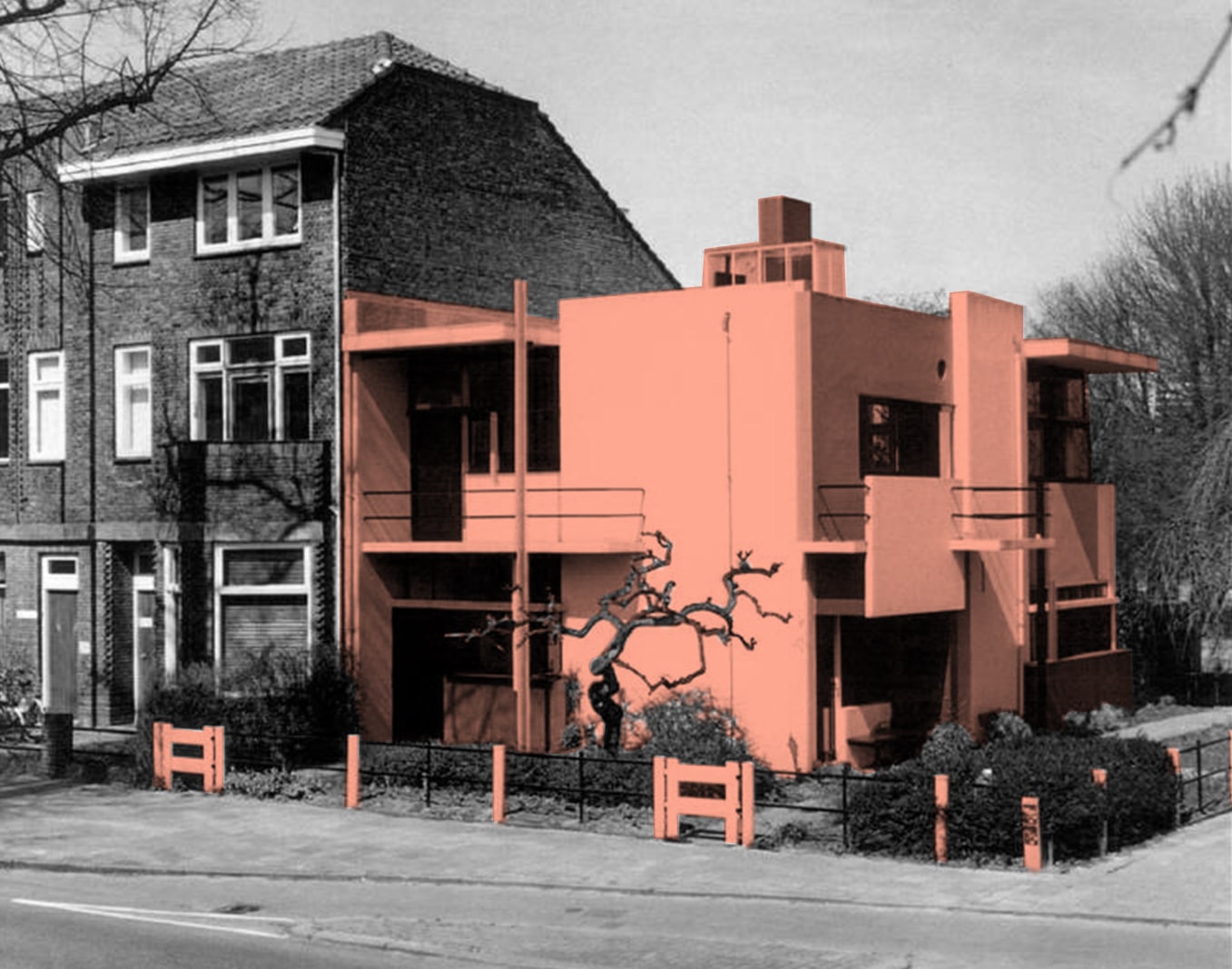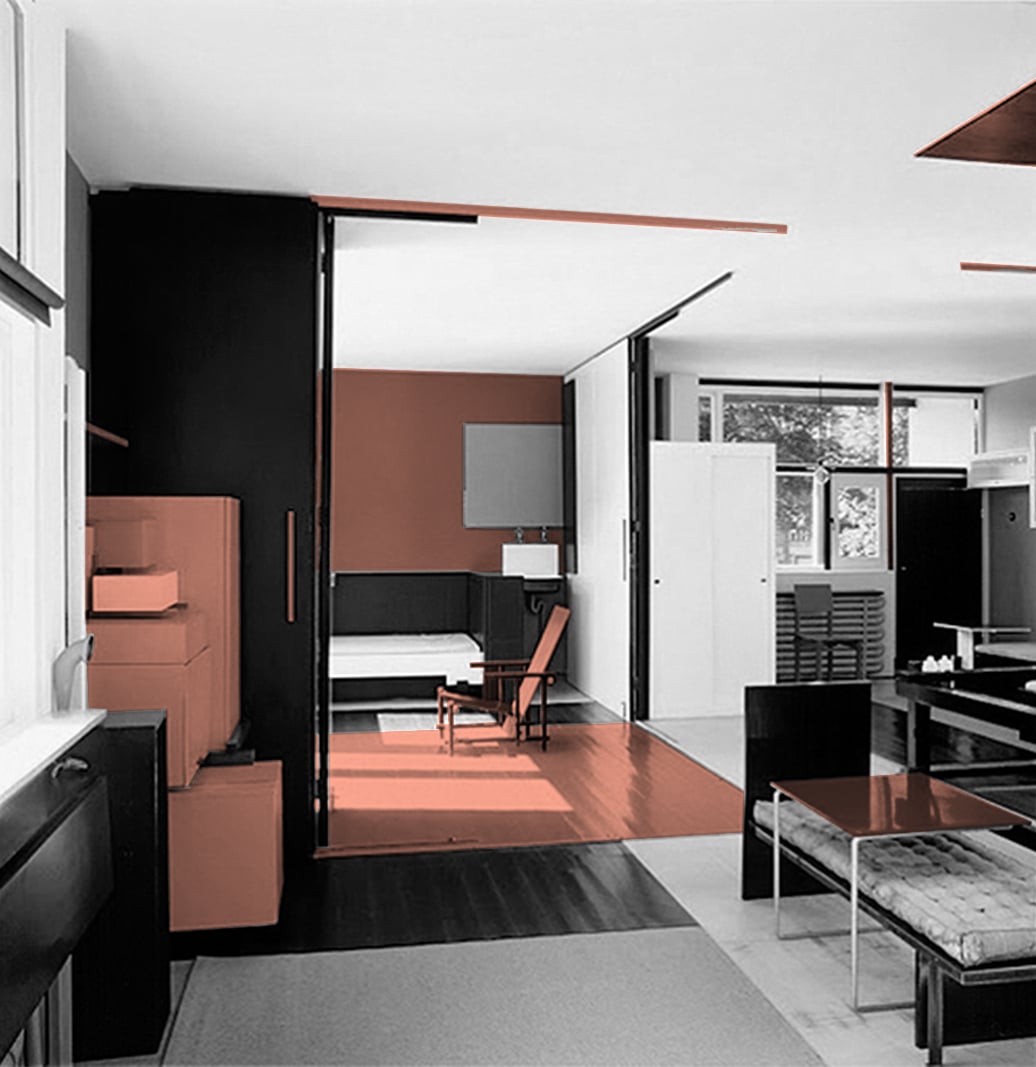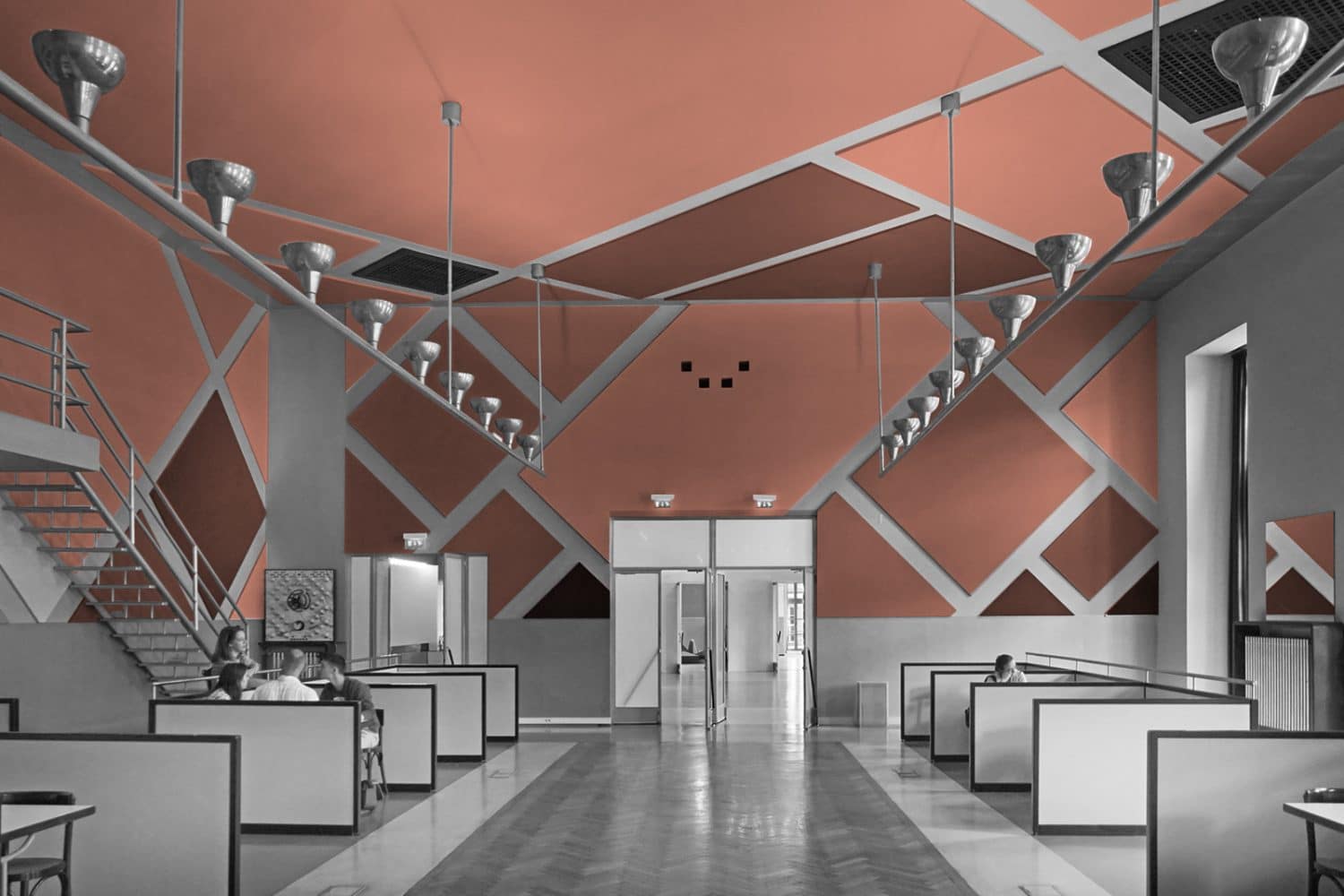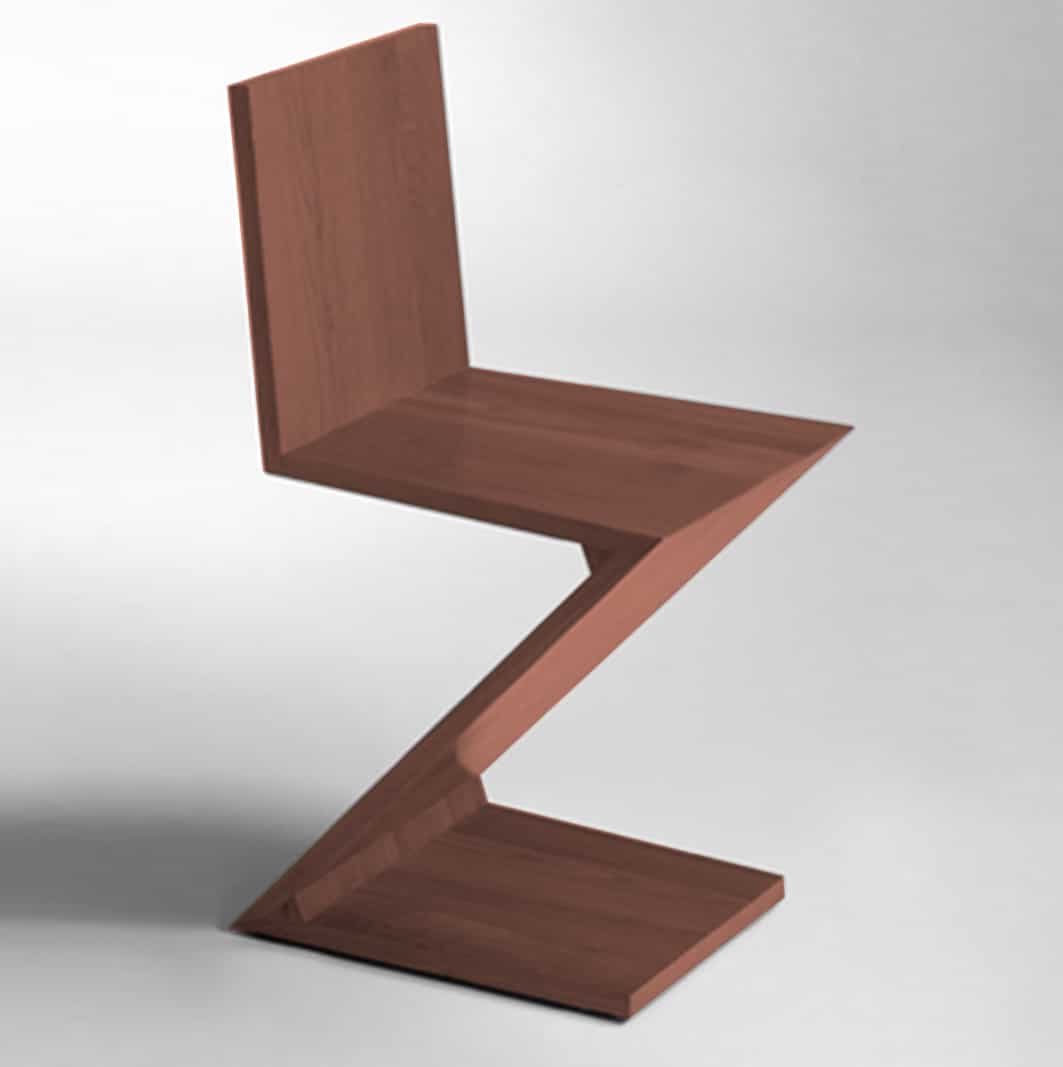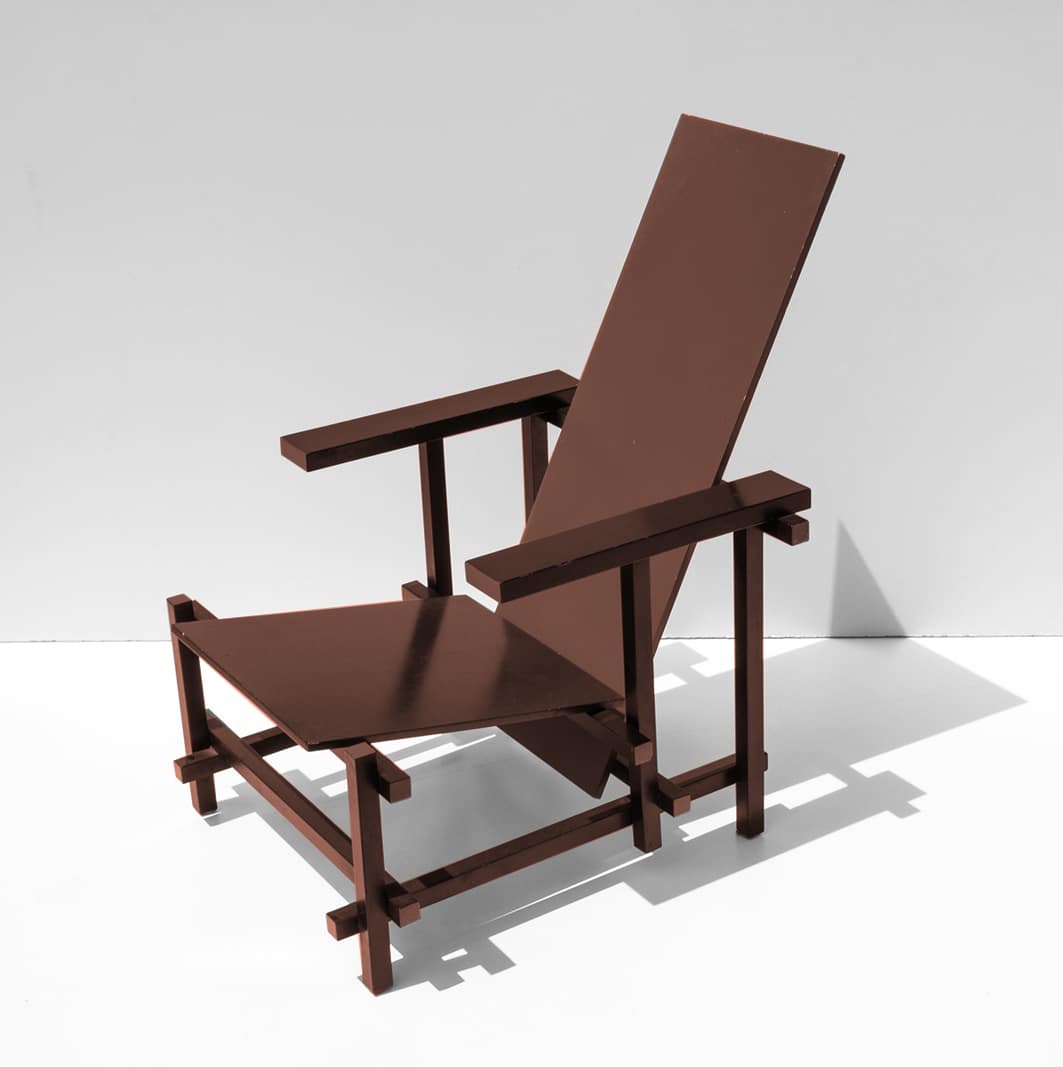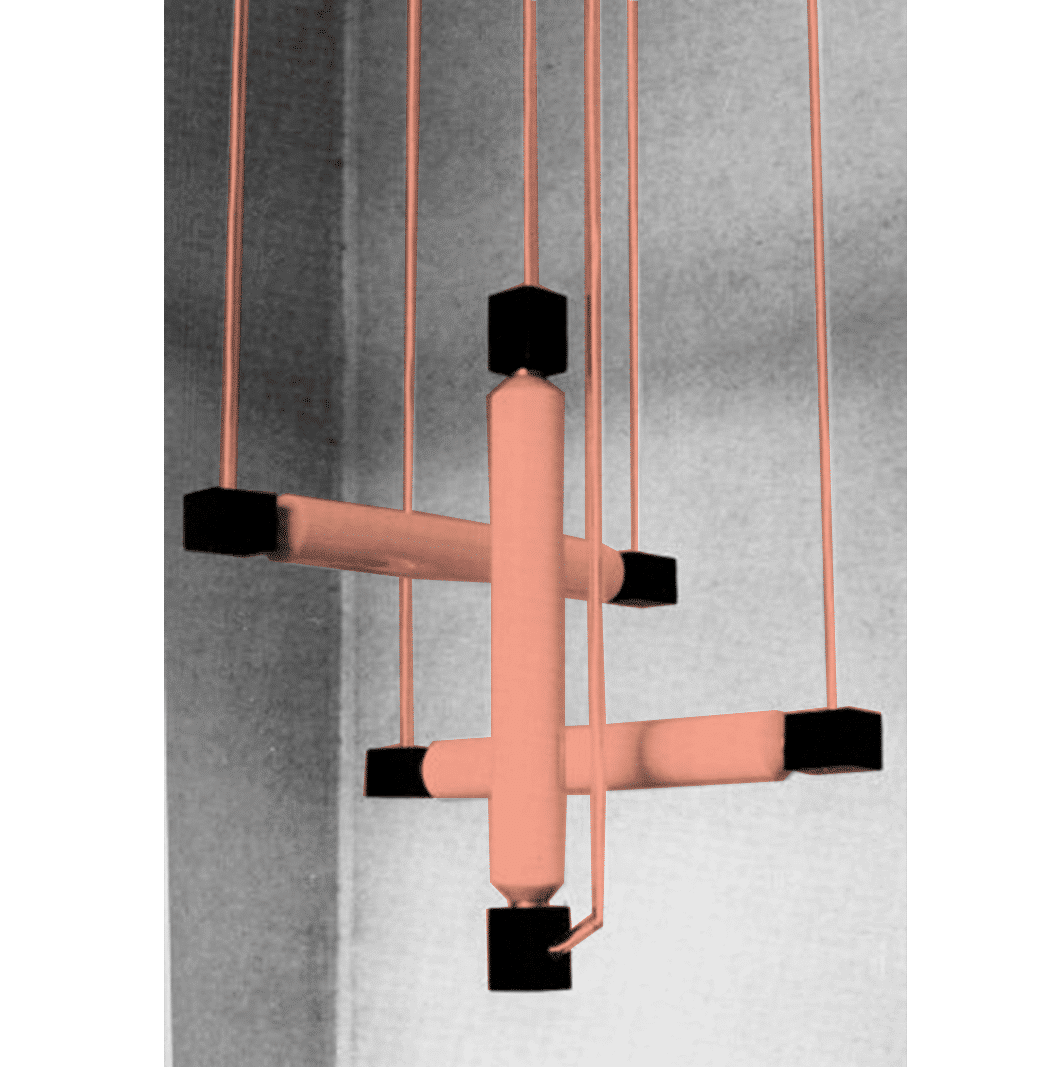INTERIOR
Neoplasticism in the Technical and Tectonical Arts #Gerrit Rietveld
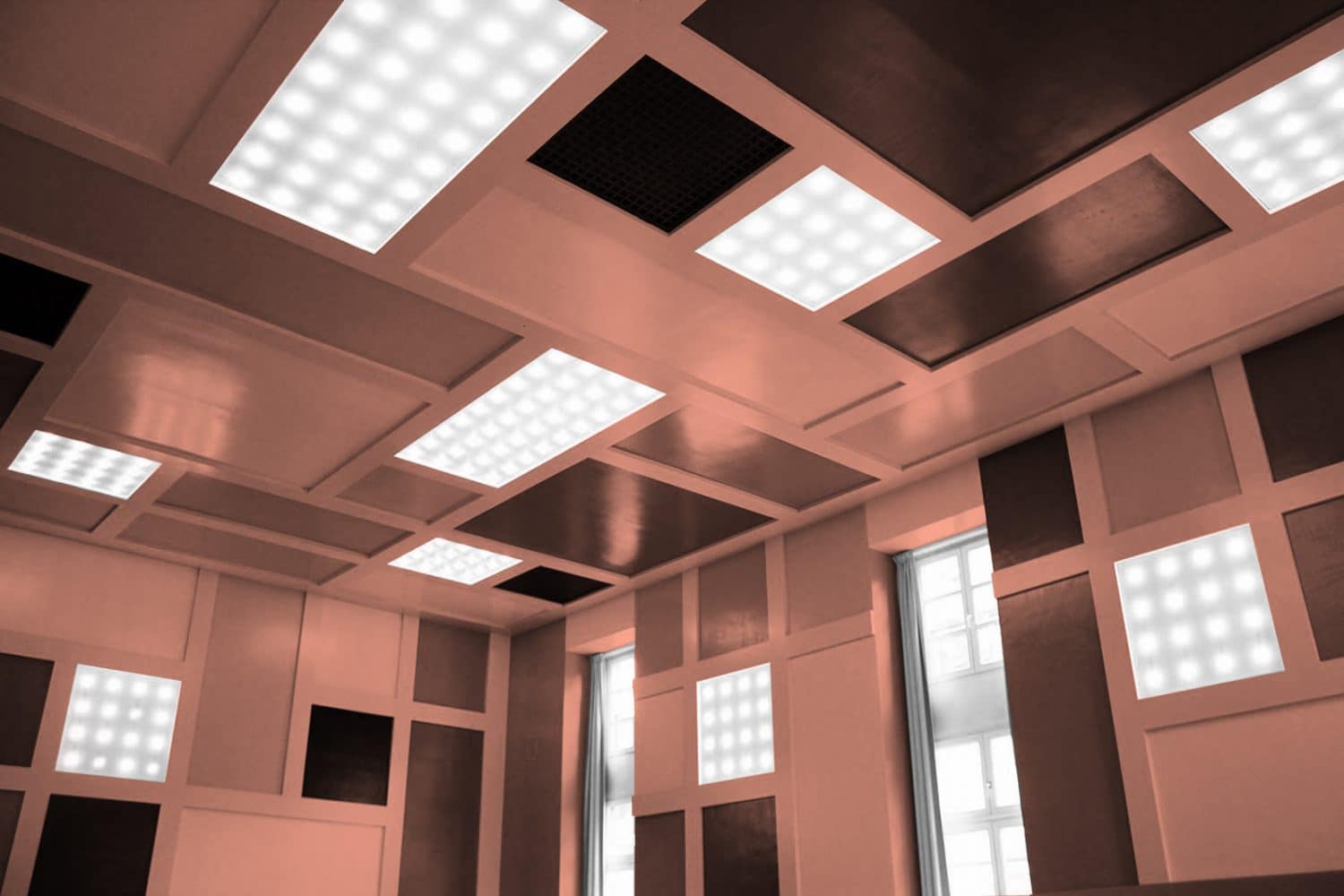
In spite of Piet Mondrian’s value as a pioneer and the role of Theo van Doesburg as theorist and promoter, the main contributions of Neoplasticism in the fields of design and architecture came from someone trained as a cabinetmaker, Gerrit Rietveld. The house that he designed with Truus Schröder is the main architectural manifestation of this movement and an authentic Neoplasticist gesamtkunstwerk.
“In close collaboration we have examined architecture as a plastic unit consisting of all arts, industry and technology and have established that the result will be a new style.”Cornelis van Eesteren, Theo van Doesburg, Gerrit Rietveld, Manifest V: -□+=R4, 1923
However, the new Neoplasticist architecture claimed in several manifestos was generally limited to images such as the well-known Contra-Construction axonometry by Van Doesburg and Van Eesteren, while in practice De Stijl’s relationship with architecture translated into applied decoration on surfaces, offering a result still closely linked to Art Deco, as in the refurbishment of the Café L’Aubette, in which Van Doesburg collaborated with Hans Arp and Sophie Taeuber.
Despite this, Gerrit Rietveld had already applied the principles of Neoplasticism to design in 1919 by separating the components of his chair into slats and planes. In 1923 he would also apply the primary colors to differentiate the elements, thus completing the Red and Blue Chair that we all have in mind. Although it is practically a build manifesto of Neoplasticist design, this chair presents inclined planes for the seat and the backrest in a discrete concession to ergonomics and joint the slats together in another concession to constructive logic.
None of these necessary concessions appears in a small previous piece, the lamp that Rietveld designed for Dr. Hartog’s office in 1922, formed by three elements that hang freely from the ceiling arranged at right angles, a piece of a formal radicality such that it advances forty years to the luminous sculptures of Dan Flavin. The Neoplasticist influence on the Bauhaus was such that Walter Gropius versioned this lamp for his constructivist office in Weimar the following year.
